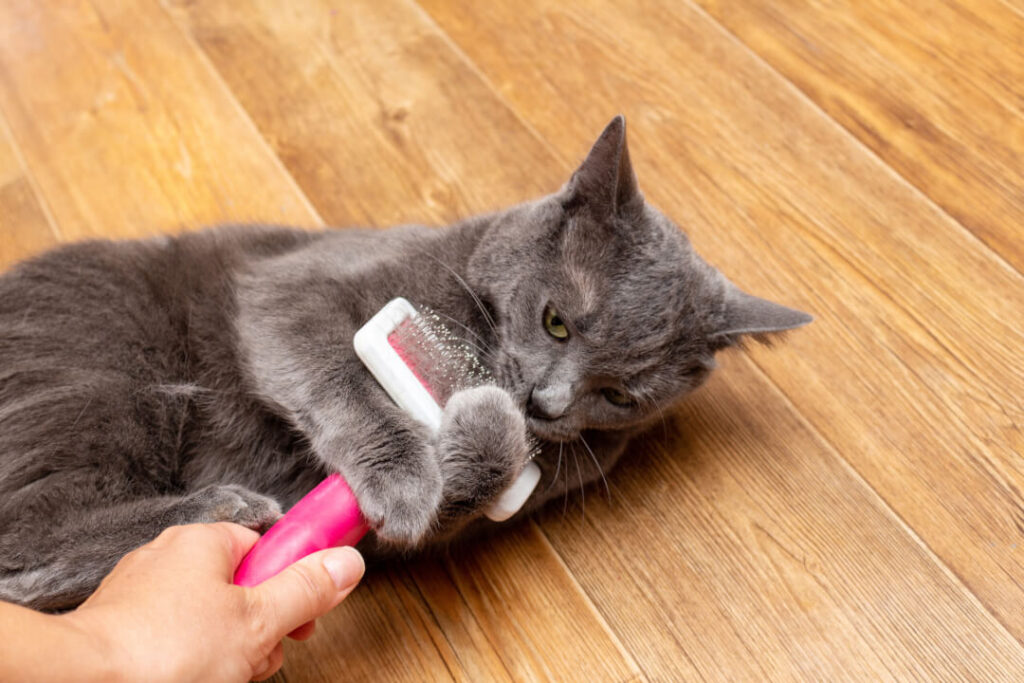There they go flying again: Tufts of hair are a common by-product every cat lover is familiar with. We will get to the bottom of things: Here, you will learn all you need to know about coat changing periods.
An important appointment. White blouse, black suit. But what is that? Hairs in between the pin stripes – how did that happen?
I am pretty sure I am not the only one forced to scan my garments for hair on a daily basis! Even washing fresh from the dryer will attract it: These little buggers will stick to the clothes like glue.
Depending on the material, the fluff attack happens in various dimensions. How does this happen in the first place? And why does a cat change its coat anyway?
Why does a cat change its coat?
Cat owners don’t need a thermometer: They have a free weather prophet at home: their pet.
Spring and fall – the changing seasons will be announced indoors before they are becoming visible outside: Prior to any weather report or barometer, there will be “hairy” information all over the house – a never erring indicator!
Cats have an inner clock:
They instinctively know when it’s time for the fur change. The may loose some hair continuously, but twice a year, a complete hair change takes place between summer and winter coat. A sweeping blow, because the entire coat is changed.
Change of summer to winter coat
Come spring, a thinner coat prepares for warmer temperatures, while fall will bring the change to a thick, warming winter coat.
Why is this happening?
You wouldn’t wear your down jacket in summer or just a T-shirt in winter time, would you? This would obviously not serve you well either.
The change of coat provides a perfect way of adapting to changing temperatures and weather conditions: In spring, the dense winter coat is being replaced by a considerably lighter summer coat, protecting the cat from UV rays as well as heat. The winter fur with its dense undercoat keeps the animal dry and warm – even in extreme wet and cold weather conditions.
Light and temperature as key factors
Your cat doesn’t need a weather App for this – it is warned by its own instincts and senses: When light conditions and outside temperatures start changing, your cat will know automatically that the time for the fur change has arrived. And there goes the hair – the old splendour is being shed while the new coat is growing.
Outdoor cats are dealing with daily changing weather conditions while house cats live within an environment controlled by humans: Here, light and temperature changes are moderate so that they are merely perceived as a side issue, observed from the window or during a stroll on the secured balcony. However, every change in light and temperature will be perceived by your cat’s hormones because the body is trying to adapt to the altered conditions.
Differences between the various cat breeds
Even though house cats are exposed to light and weather changes to a small extent only, they also loose hair – and opposed to their conspecifics living outdoors, they loose it all year round!
Why?
The reason lies with the unnatural indoors surroundings which “disturbs” the normal bio rhythm. Artificial light and moderate temperatures irritate the body, which has adapted to natural rhythms over centuries.
In terms of evolution a success story which is hard to beat! Even though cats retain their “wild” character inside – living among humans doesn’t stop them from being meat-eating predators – they have adapted to our life style perfectly.
However, there are small differences between the various breeds.
Long haired cats preoccupy their proud owners a lot more than short haired animals.
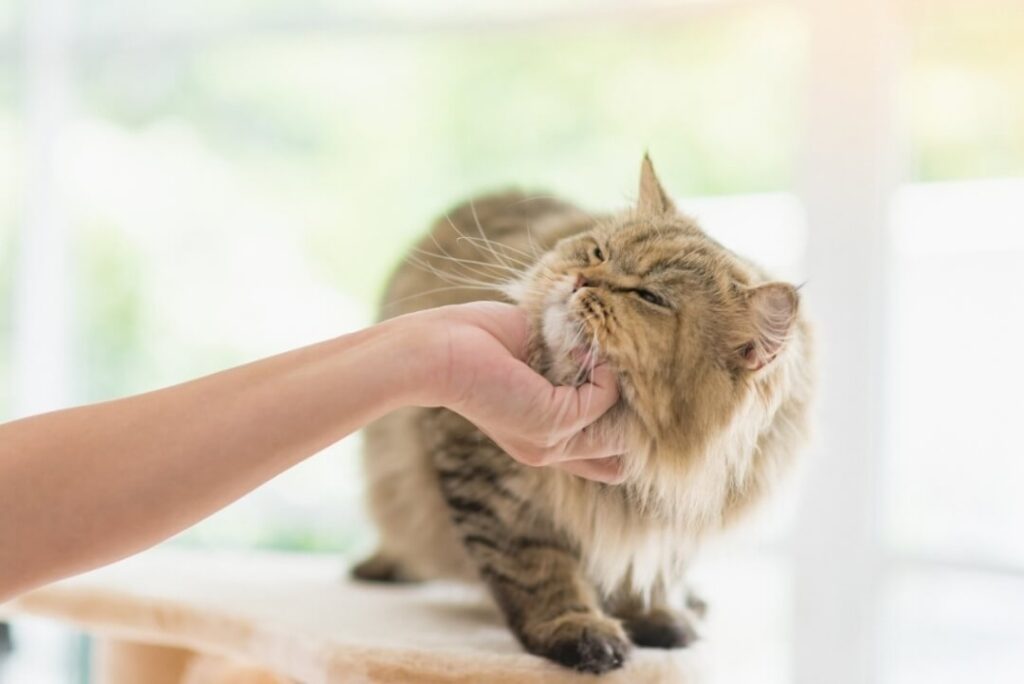
What happens during coat changing?
Cat hair has the same structure as human hair. This also concerns the “vita”, meaning the life cycle, which is also identical for both types.
Growth period: Development of a new root
Interim period: Hair growth is suspended
Rest period: The hair rests, still fixated, and eventually falls out
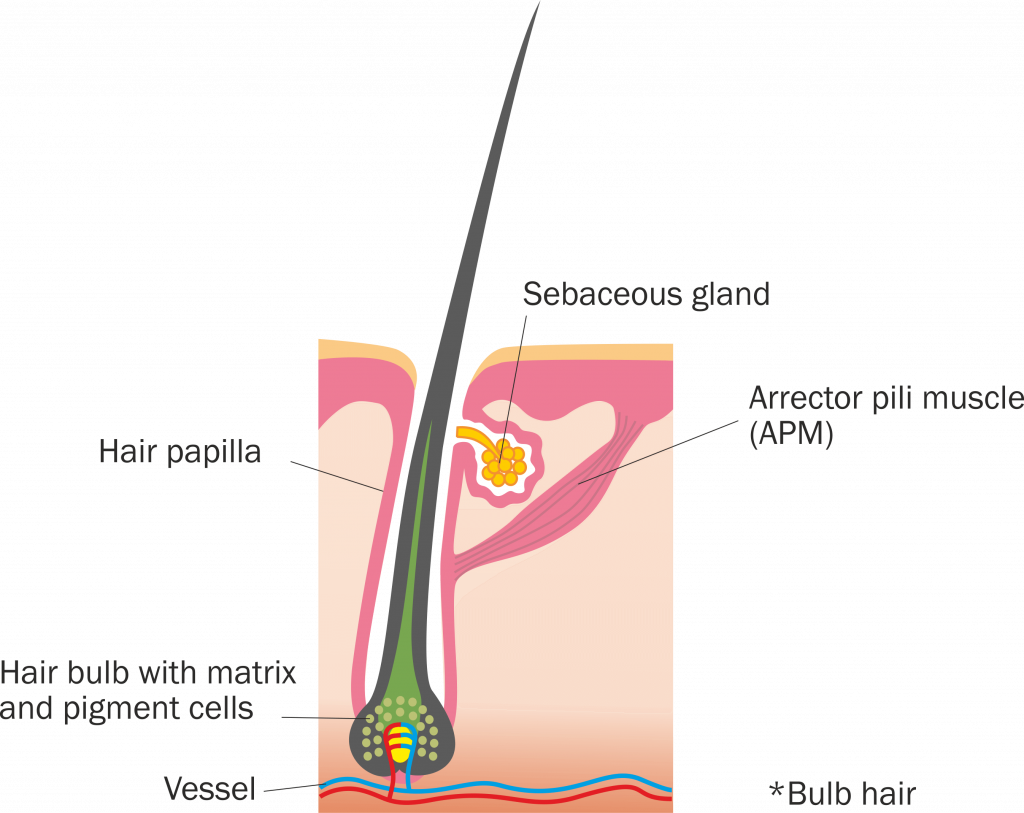

When does a cat change its coat?
Normally, the spectacle takes place twice a year: before the start of winter and when the trees start blooming – in spring time. When the leaves start falling outside, many cats already wear their dense winter coat.
A fur change also takes place before summer: for this purpose, the old hair is shed and replaced. The dense undercoat is left behind to avoid heat accumulation. As a cat owner you become a “contemporary witness”.
You will experience the season changes not only outside in nature, but also indoors in your very own flat. Cat hair, everywhere – and it will be found in the most unlikely places!
Apart from the seasonal change, there may be other reasons behind hair shedding as well, such as stress, wrong diet, parasites, illness or a hormonal change.
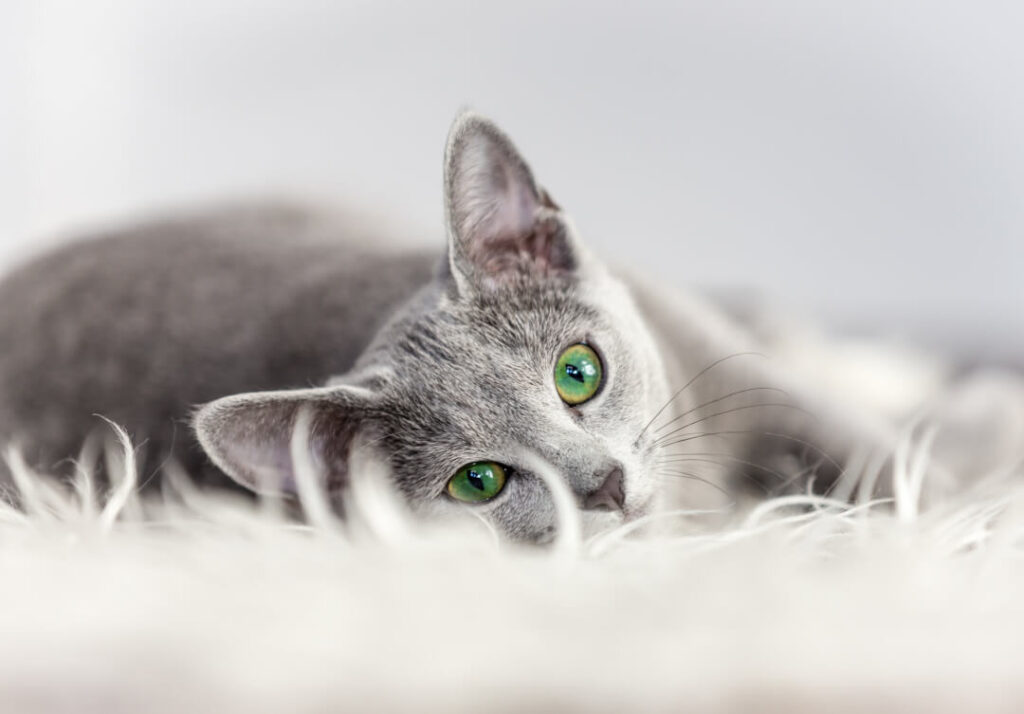
When does a cat change its coat?
The ancestors of your cat were inhabitants of the steppes. You will know this from the never ending search for warm spots: Cats are notorious sun worshippers and heating occupiers.
Wet and cold? Not cool. Like their ancestors, they react sensitively to outer influences. If light and weather conditions start changing, the cat will react as this is the starting signal for the coat change.
Out in the wild, this reaction is of the essence
Only those who adapt to the changing seasons will survive and thus also secure the survival of the species. This is the ultimate goal.
How long does a coat change take?
An all-encompassing rule such as “a cat’s coat change takes X days” unfortunately does not exist.
The shedding depends on a lot of different factors. Firstly, there is the living environment: If your cat is indoors most of the time, it may be shedding hair throughout the year: House cats with no outside access are not exposed to the changing seasons – for them, the rarely changing room climate is a given: Even if rows of icicles are hanging from the window frames outside, the heating or a cosy place by the open fire will always provide moderate temperatures.
For outdoor cats, you can expect a period of eight weeks for a complete coat change to take place. Sometimes, it will happen a little quicker and everything is over within 5-6 weeks.
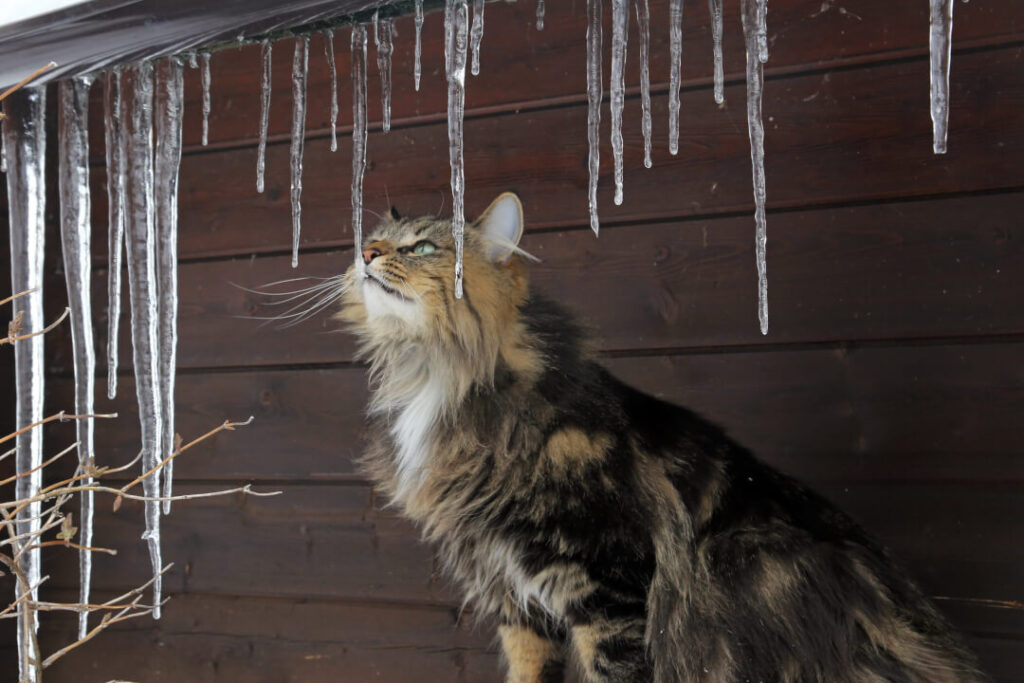
Assisting the coat change – a good idea?
So a coat change does not only take a relatively long time – it lasts for weeks – it is also quite a strenuous affair for your kitty! A cat doesn’t change clothes like we do: take off the shirt, put it in the washing machine, put on a new one – no!
Your cat’s body has a lot to do, a whole machine is running that needs a lot of energy. That’s why older animals or those in poor health have a real problem: it costs a lot of energy, which is actually needed more urgently elsewhere.
Kittens or cats in their teens have less stress – they can usually easily cope with it, but they also need your support.
Accelerate coat change
Hair, hair everywhere and not a brush in sight? Well, it is coat changing time once again. If you want to get rid of the little buggers, there is only one thing to do: enhance the progress. Also, a good vacuum cleaner should always be at hand, a Must Have during this period. If you have a robot vacuum cleaner that might even be entertainment pure for the cat!
But how can you actually support your cat during this phase?
How can you both get rid of the hair storm?
Appropriate grooming
The hair is not only visually annoying on furniture and clothing, it may also clog your cat’s tummy and colon – especially during coat changing times!
The swallowed hair from the cleaning process usually collects in the stomach first and then slowly enters the colon. If the amount is too big, a cat living out in the wild would automatically look for grass – for coarse grained species especially. This is needed as a vomiting aid to get rid of the indigestible hair. The grass functions as an emetic here. This may not be pleasant to witness – but remember that it is a completely natural and necessary process for your cat. For this reason, also house cats should always have access to cat grass.
Adding oil to the food
You can also help your cat by mixing some oil into the food. Perfect are fish-, linseed- and olive oils. The first two may be a bit smelly – the fish oil odour being even stronger than the linseed – but anything fishy is alright for most cats. Half a teaspoon is enough.
There is a double advantage to adding oil to the food: It helps the cat to vomit up the hair balls more easily, while the unsaturated fatty acids will enhance new hair growth. But don’t overdo it! Half a teaspoon of oil a day is enough – otherwise there might be unwanted side effects and diarrhoea comes knocking.
To learn more about the various oils and fats in pet food, please have a look here:
Daily brushing
More is more in this case: Every hair caught in the brush will be hindered from landing on your couch or clothing instead. Admittedly, no one really feels like doing this every single day, but during fur changing season, it will make a big difference
And for your cat it will even have a desired side effect: Regular massages! The brushing will be greatly appreciated. You are helping the cat to get rid of annoying excess hair and at the same time, digestion and blood circulation will be gently activated. This will also help to deepen the bond between you and your animal.
So – just do it! The daily brushing or combing ritual will benefit both of you.
Make sure to only use brushes that are appropriate for your cat: For long-haired species, there are for example special brushes with flexible pins.More interesting facts on cat grooming:
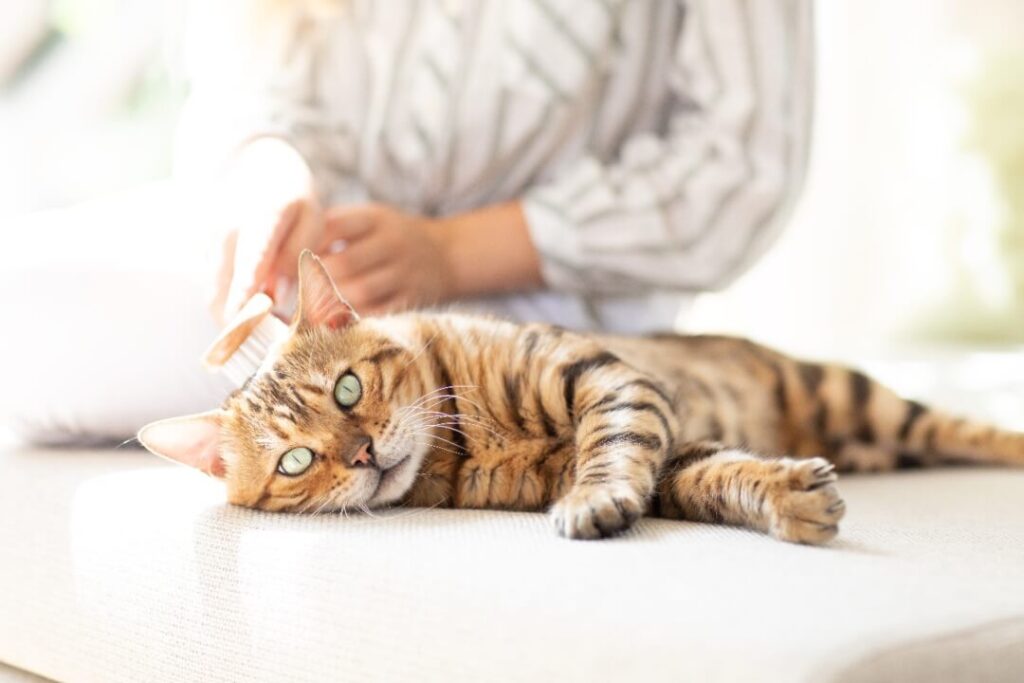
Using the right food
Species-appropriate nutrition is one of the most important basic needs of a cat. A healthy, balanced diet is an essential part of life quality and will help your feline friend to enjoy a long life by your side.
When the coat changing process is in full swing, your cat’s body is experiencing an “all-day workout”. The right food will provide the extra power which is needed to get through this phase more easily.
Make sure that the food contains amino acids, vitamins, especially vitamin B as well as omega fatty acids such as omega-6 and omega-3.
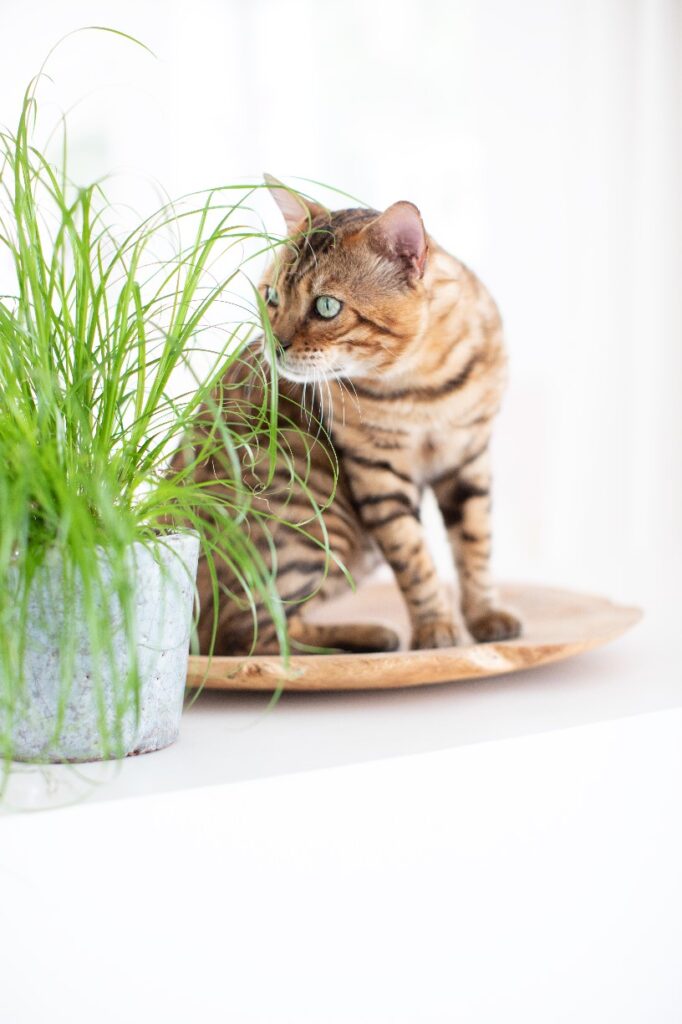
In the pet shop, you will find special foods developed to help your cat during coat changing phases.
Cat grass, also called cat mint, is a natural helper which you should provide at home throughout the year. You can keep the grass either on the balcony or inside. Here is all the information you need on cat grass:
Measures against cat hair
“God, grant me the serenity to accept the things I cannot change / Courage to change the things I can / And wisdom to know the difference.”
The well known serenity prayer by Reinhold Niebuhr shows that in addition to being a theologian, philosopher and political scientist, he may well have also been a cat owner!
One thing is for certain: No matter what you do, there will be no hair free zone in your flat if you live with a cat – except if it is a hairless Sphynx!
Your cat may loose hair throughout the year – a little here, a little there – even outside coat changing season. Aren’t there and tips or tricks though to help reduce the daily shedding or to accept it better?
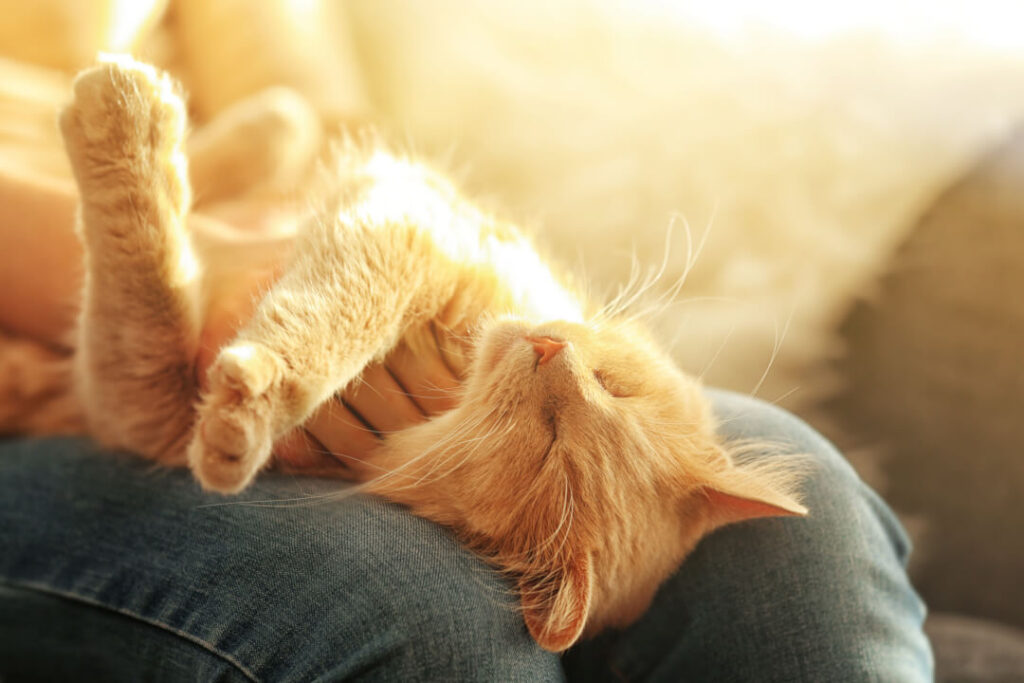
Serenity is key – cat hair is part of the game
Do you know the saying: “You are never completely dressed without a few cat hairs?”
So – it’s all a matter of perception! Regarded from a positive angle, the cat hair is a nice reminder of your feline friend: No matter where you are, you will be outed as a cat fan – and thus quickly be spotted by other cat lovers who are happy to join the club. That makes you instantly sympathetic and you will always be reminded that your pet longingly waits for you at home.
Home remedies against cat hair
Hard to overlook, the traces are found everywhere; especially in the places that your cat prefers as resting spots: not only on the cat furniture but also on the sofa, armchair, carpet or favourite cushion. Wherever the “hairy remains” have settled, they are hard to get rid of. They cling to clothes and upholstery like ticks – and it is hard to erase them.
At least for the floors, there are special vacuum cleaners that will help you against the onslaught.
Here, you will find an overlook on the 2019 pet hair vacuums compared, as well as a selection of the 12 best products.
There are a few helpful home remedies as well to fight the cat hair invasion; e.g. for the washing: Try and use fabric softeners to avoid cat hair sticking to your clothes. The soft surface acts as a repellent. Also, put your dirty clothes in the dryer before the actual washing cycle and use the cold setting: This will eliminate a lot of hair upfront. Remember to clean the fluff filter afterwards.
Using a lint remover
A tool which should never be missing from any cat household is the lint remover. There is nothing which helps more quickly and effectively against cat hair! A first aid product for last minute emergency action, it comes in various forms. There are washable types with a sticky rubber coating as well as the single-use sticky tape rolls. The double-sided tape can be replaced.
The 2019 test winners of cat hair lint removers are listed here: This overlook will tell you at a glance which product provides the optimal price-performance ratio.
Wet-cleaning and dusting
To get on the top of the hair problem you can also use special dust wipes which attract hair by way of their electrostatic charging quality – e.g. microfibre cloths: This type of cloth will not whirl up the fine hair but instead magnetically attract and capture it.
Alternatively, you can also use moist wipes. To this aim, you should use cotton materials instead of microfibre cloths. Wet the wipes just a little bit and wring it before use so that there is no access moisture getting in the way of your hair hunting mission. Make sure to always wipe the top first and then the bottom – otherwise you may end up distributing hair on the already cleaned surfaces.
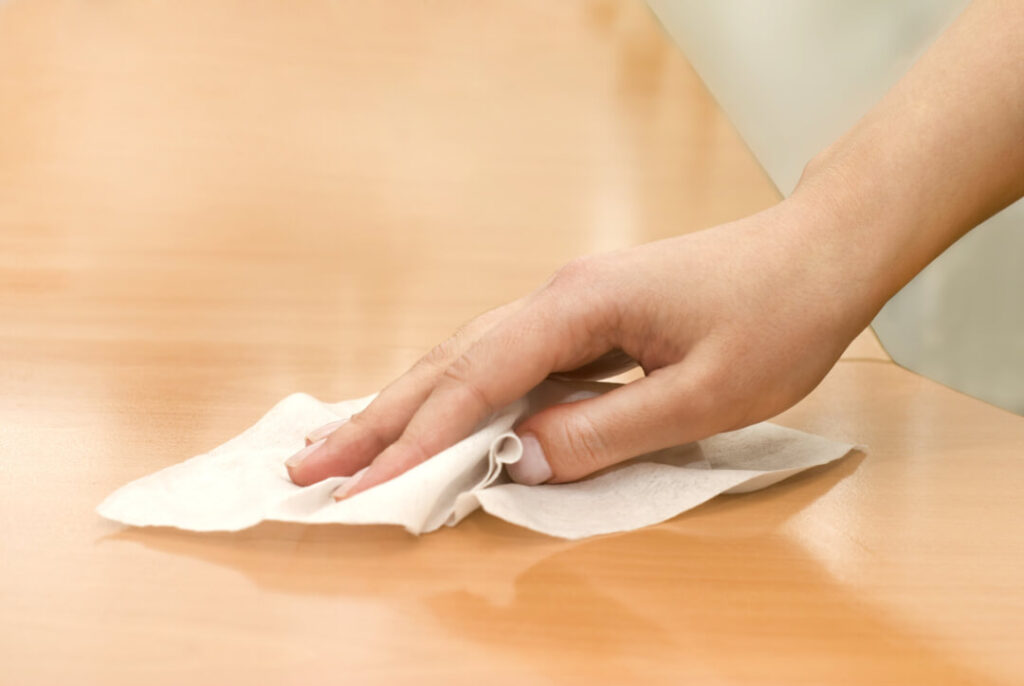
Creating “hairy spots” on purpose
If you would like to keep some (relatively)hair-free spots to yourself, try to create some special “cat-only” spots for your feline friend as well.
To this aim you may have to sacrifice a few fluffy blankets but you can stand assured that at least underneath the blankets, the surfaces stay hair-free.
The more cuddly blankets your cat finds for exclusive use, the better the chance of excess hair sticking to the blanket only, as opposed to invade places were it is not wanted.
In case of sofa-sharing, just leave a blanket on top and shove it aside whenever you want to sit down.
The best point in time is the moment your cat is not actually lying on top of it.
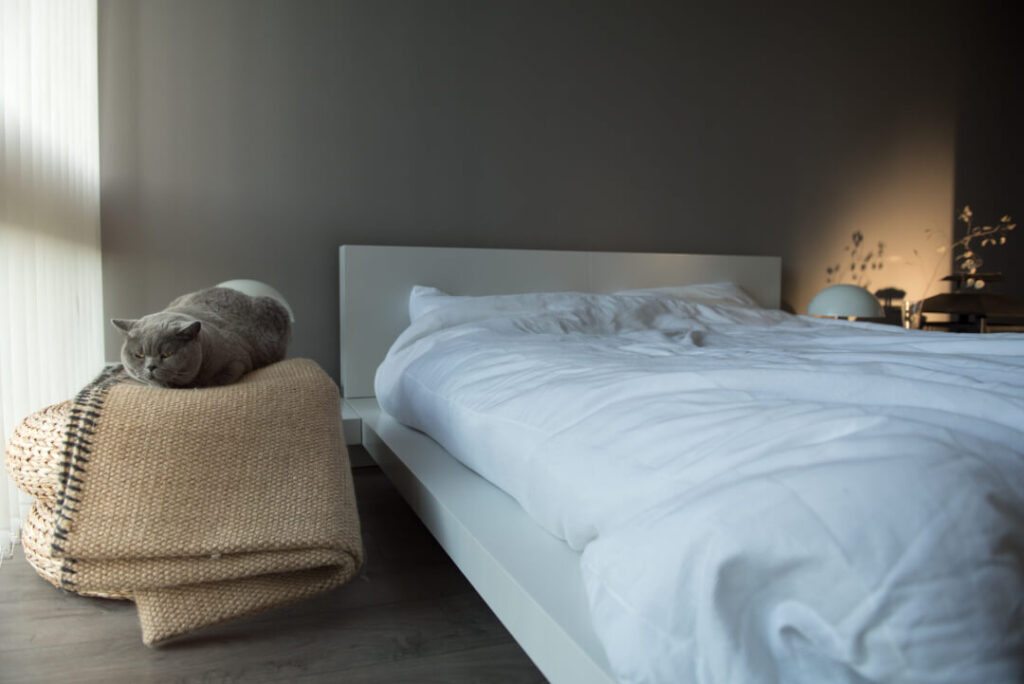
Using cat hair brushes
Before dusting or using the vacuum, you can clean the upholstery or carpets with a cat hair brush.
You can use the same brushes meant for grooming – as long as your cat will let you…
With these, you can not only help your cat retain a healthy, shiny coat and get rid of excess hair – the same actually goes for your carpet: You can comb out the fine hairs that are particularly resistant and make the vacuum cleaning a lot easier.
Upholstery can also be pre-cleaned with cat brushes normally used for the grooming.
Scrubbing brushes – meaning wood brushes with natural bristles – also do a good job: They are robust and thoroughly separate the hair from the fabric.
